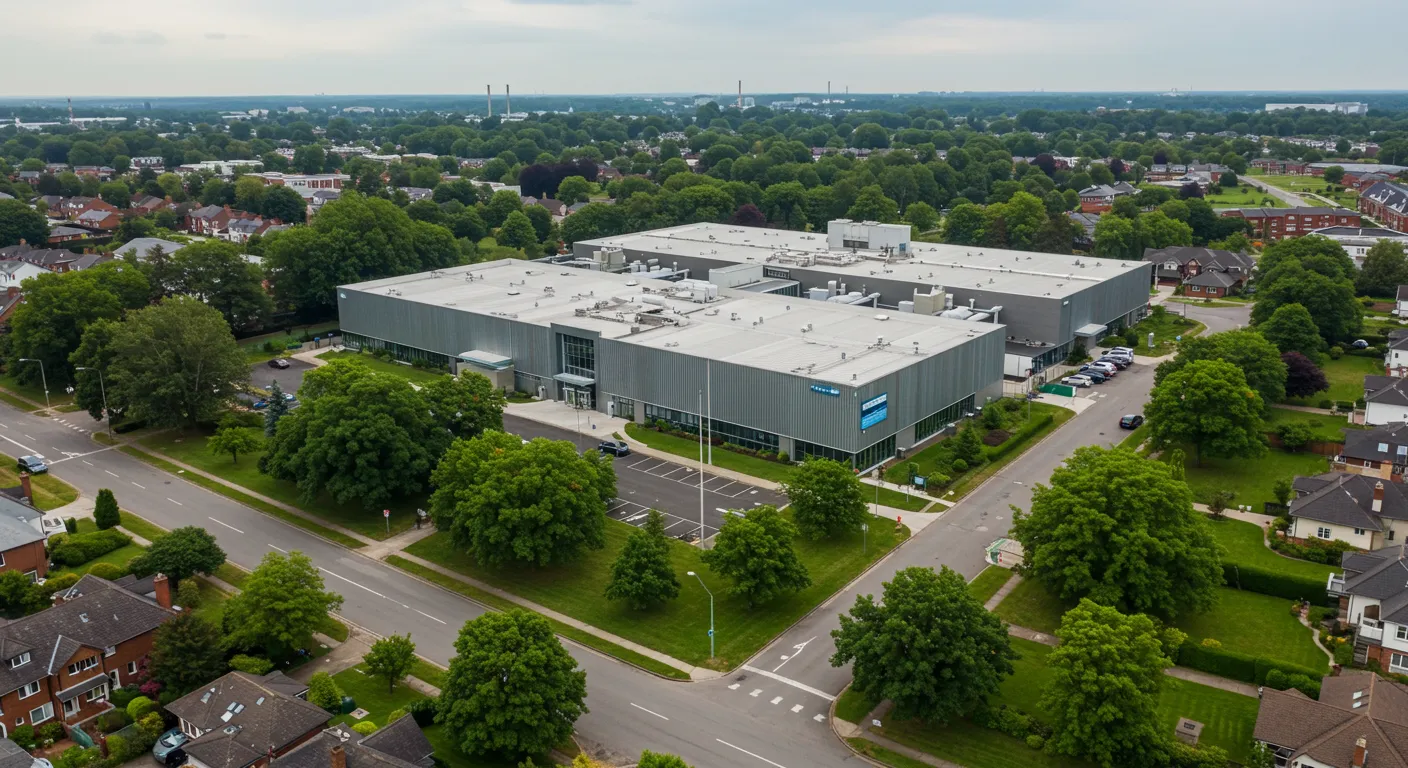
Table of Contents
In today's globally connected world, website performance can make or break user experience. While your website might load quickly for local users, visitors from different continents may experience frustratingly slow load times. This is where Content Delivery Networks (CDNs) become essential—but simply implementing a CDN isn't enough. To achieve truly exceptional global performance, you need advanced optimization strategies.
Understanding CDN Fundamentals
A Content Delivery Network consists of strategically distributed servers that cache and deliver your website's content from locations closest to your users. However, the effectiveness of a CDN depends heavily on how well it's configured and optimized.
Pro Tip
The key to CDN optimization isn't just about choosing the right provider—it's about understanding how to configure cache rules, optimize content delivery, and monitor performance across different regions.
How CDNs Impact Global Performance
When optimized correctly, CDNs can deliver remarkable performance improvements:
- Reduced latency: Content is served from the nearest edge server, minimizing the distance data travels
- Improved reliability: Multiple servers provide redundancy and failover protection
- Bandwidth optimization: Compression and efficient delivery reduce data transfer costs
- Enhanced security: DDoS protection and SSL termination at the edge
Core Optimization Strategies
1. Advanced Cache Strategy
Effective caching is the foundation of CDN performance. Your cache strategy should differentiate between content types and user behaviors:
- Static assets: Images, CSS, JavaScript files should have long cache times (30+ days)
- Dynamic content: API responses and user-specific content need shorter cache durations
- Edge-side includes (ESI): Cache fragments of pages for optimal flexibility
Cache Invalidation Warning
Over-aggressive cache invalidation can negate CDN benefits. Plan your cache purging strategy carefully, focusing on selective invalidation rather than full cache clears.
2. Content Optimization at the Edge
Modern CDNs offer sophisticated content optimization features that can dramatically improve performance:
Effective Optimizations
- Image format conversion (WebP, AVIF)
- Automatic compression (Gzip, Brotli)
- JavaScript/CSS minification
- HTTP/2 and HTTP/3 support
Common Pitfalls
- Over-optimization causing quality loss
- Incompatible compression formats
- Broken dependencies from minification
- Protocol downgrades
Implementation Guide
Implementing an optimized CDN requires careful planning and execution. Follow this comprehensive approach:
Step 1: Content Analysis and Categorization
Before configuring your CDN, analyze your website's content patterns:
- Identify static vs. dynamic content
- Analyze traffic patterns by geography
- Determine optimal cache durations for different content types
- Map user journeys and critical performance paths
Step 2: CDN Configuration
Configure your CDN with performance-focused settings:
# Example Apache cache headers configuration
ExpiresActive On
# Images
ExpiresByType image/jpg "access plus 1 month"
ExpiresByType image/jpeg "access plus 1 month"
ExpiresByType image/gif "access plus 1 month"
ExpiresByType image/png "access plus 1 month"
ExpiresByType image/webp "access plus 1 month"
# CSS and JavaScript
ExpiresByType text/css "access plus 1 month"
ExpiresByType application/javascript "access plus 1 month"
# HTML
ExpiresByType text/html "access plus 1 hour"
Step 3: Edge Rules and Logic
Implement intelligent edge rules to optimize content delivery based on user context:
- Geolocation-based routing: Serve region-specific content and languages
- Device-based optimization: Deliver appropriate image sizes and formats
- Connection-aware delivery: Adjust content quality based on connection speed
- A/B testing at the edge: Test performance optimizations without origin server impact
Monitoring & Analytics
Continuous monitoring is essential for maintaining optimal CDN performance. Implement comprehensive analytics to track:
Key Performance Metrics
- Cache hit ratio: Aim for 90%+ for static content
- Time to First Byte (TTFB): Monitor across different regions
- Bandwidth usage: Track savings and optimize further
- Error rates: Identify and resolve delivery issues quickly
Monitoring Best Practice
Set up real-time alerts for performance degradation. A 10% increase in load time from your top geographic markets should trigger immediate investigation.
Advanced Optimization Techniques
Edge Computing and Serverless Functions
Modern CDNs support edge computing capabilities that enable advanced optimizations:
- Dynamic content generation: Create personalized content at the edge
- Real-time image optimization: Automatically resize and convert images based on request parameters
- API response transformation: Modify API responses for optimal mobile consumption
- Security processing: Handle authentication and authorization at the edge
Multi-CDN Strategies
For enterprise-grade performance, consider implementing a multi-CDN approach:
Multi-CDN Benefits
- Improved global coverage
- Redundancy and failover
- Cost optimization through provider competition
- Specialized CDN features for different content types
Implementation Challenges
- Increased complexity
- Cache consistency issues
- Higher management overhead
- Additional costs
CDN Optimization Checklist
- ✅ Implement appropriate cache headers for all content types
- ✅ Enable compression (Gzip/Brotli) for text-based assets
- ✅ Configure edge rules for geographic and device-based optimization
- ✅ Set up comprehensive monitoring and alerting
- ✅ Optimize images with modern formats (WebP, AVIF)
- ✅ Enable HTTP/2 and HTTP/3 where supported
- ✅ Implement selective cache invalidation strategies
- ✅ Test performance from multiple global locations
Conclusion
CDN optimization is not a set-it-and-forget-it solution. It requires ongoing attention, monitoring, and refinement to achieve optimal global performance. By implementing the strategies outlined in this guide—from advanced caching configurations to edge computing capabilities—you can deliver exceptional user experiences regardless of where your visitors are located.
Remember that the best CDN optimization strategy is one that's tailored to your specific content patterns, user behavior, and business requirements. Start with the fundamentals, monitor your results, and gradually implement more advanced techniques as your needs evolve.
Ready to optimize your global website performance? Contact our team for a personalized CDN optimization assessment.

